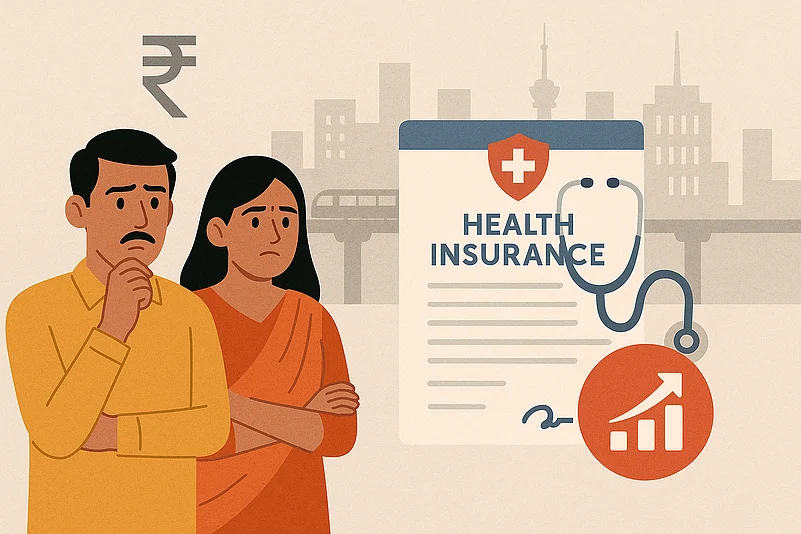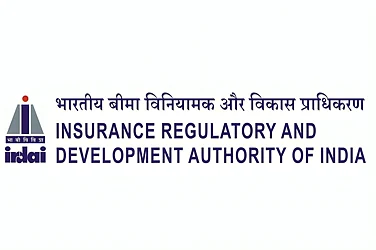
Summary of this article
Health insurance premiums in metros are rising due to costly urban healthcare.
Pollution and lifestyle diseases drive higher claims for city policyholders.
Metro residents may pay 10–20 per cent more than Tier-2 or Tier-3 cities.
Compare plans, add-ons, and wellness covers to manage rising premium costs.
People living in India’s major cities are finding that their health insurance premiums are climbing faster than before, according to a recent report by India Today. The jump is not random; it mirrors how expensive and unhealthy city living has become. Urban residents are battling higher medical bills, polluted air, and lifestyle diseases, all of which make them a greater insurance risk in the eyes of companies.
Why The City Costs More
Healthcare in big cities has always been expensive, but the difference has grown wider in the past few years. In metros like Delhi, Mumbai, Bengaluru, and Chennai, everything, from doctor consultations to scans and hospital stays, costs considerably more than it does in smaller towns. Hospitals charge higher room rents, medicines are pricier, and even diagnostic tests come with a bigger bill. Because claims from metro residents are higher, insurers are left with little choice but to raise their premium rates.
City lifestyles have also played a major part in this trend. Life in big cities usually means spending long hours at work, dealing with endless traffic, and finding little time to move or exercise.
Eating habits tend to be irregular, and the result is a rise in chronic conditions such as diabetes, hypertension, and heart ailments. Each of these increases the chance of claims, and when claims go up, premiums follow.
The Pollution Factor
Air pollution has added another layer of cost for city dwellers. In big cities, polluted air has quietly become a daily health hazard. Many residents struggle with breathing problems such as asthma or bronchitis, and doctors have also seen a rise in heart-related ailments that trace back to long-term exposure to poor air quality.
Doctors say that these ailments now account for a growing number of hospitalisations. Insurance companies, in turn, factor these risks into their pricing models.
To make things more systematic, insurers have divided India into zones based on risk and cost. Zone 1 includes metros, Zone 2 covers Tier-1 cities, and Zone 3 includes smaller towns. A person living in a Zone 1 city could easily pay 10–20 per cent more for the same policy compared to someone in a Tier-2 or Tier-3 area.
Making Smarter Insurance Choices
If you live in a metro, it’s worth taking a close look at how your city’s risk category affects your policy. Comparing plans across insurers, checking for add-ons that cover pollution-related ailments, and signing up for wellness benefits or preventive check-ups can all help manage costs in the long run.
Although higher premiums can feel unfair, they reflect the genuine pressures of city life, where access to top medical care comes with rising costs and growing health challenges. The best protection for metro residents is to choose a policy that not only fits their budget but also shields them from the hidden health risks of urban living.













